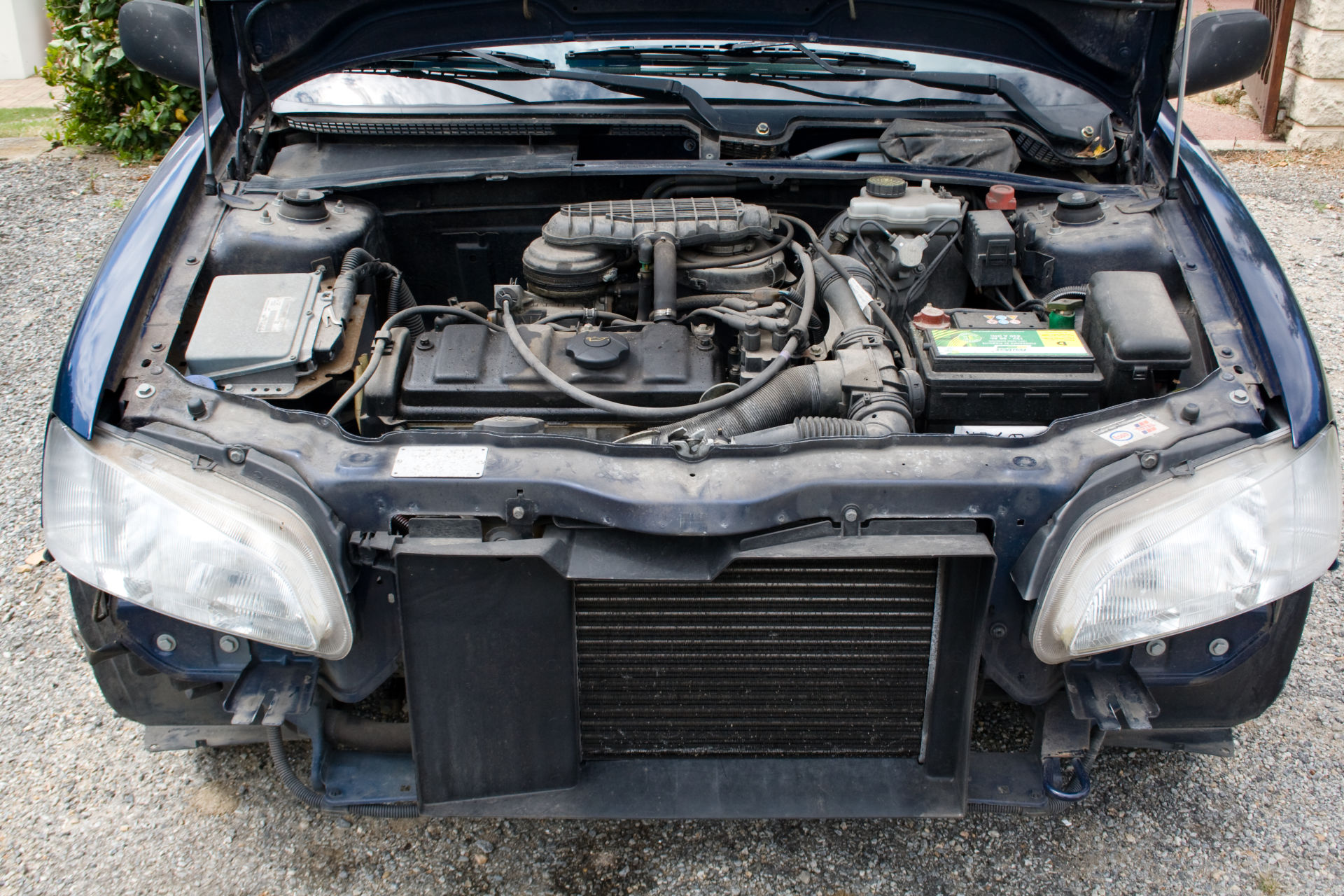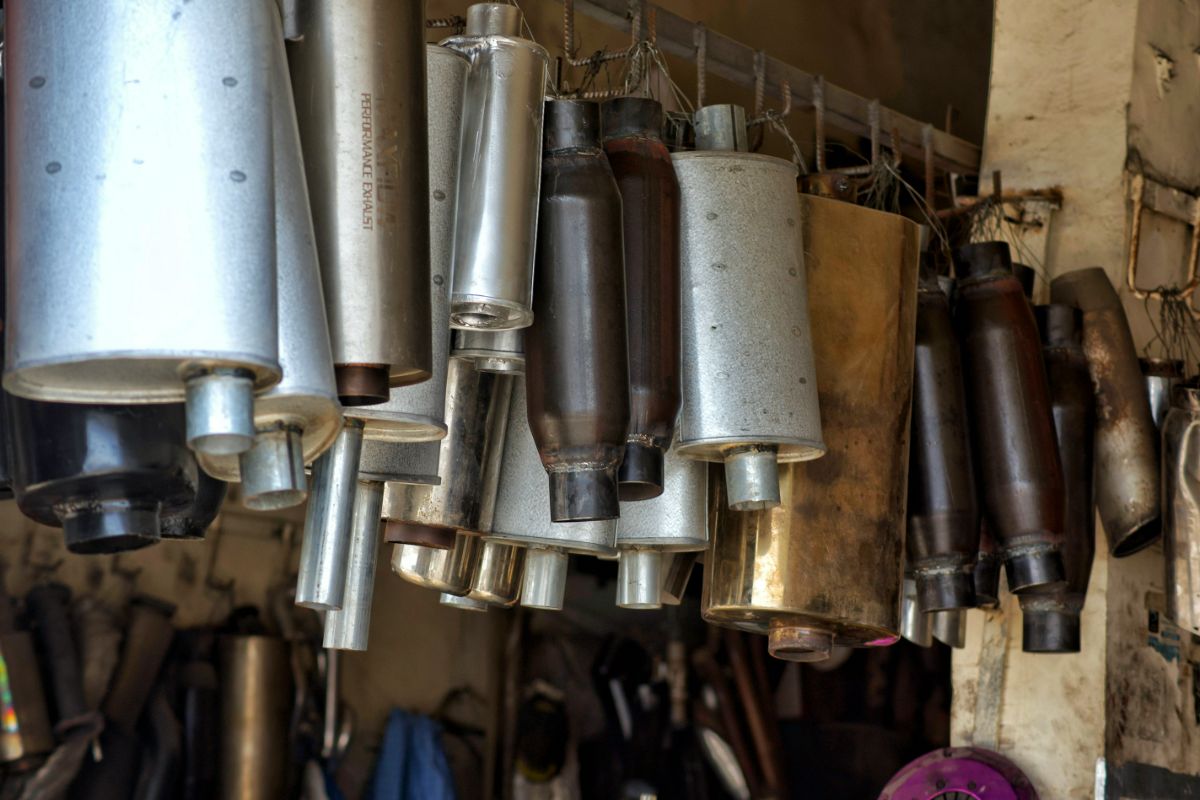Caring for Your Radiator

May 20, 2016
Summertime in tropical countries like the Philippines is always beautiful, but it can also get unbearably hot. In especially warm days, locals seek out the comfort of indoor malls with their giant air conditioning systems that are held in place by u-bolts. The Philippines, during the summer, gets uncomfortably hot and humid that often, you would notice some poor soul with their car stopped on the side of the road and steam billowing out after pouring tabos of water on the radiator.
Radiators are an essential part of your car’s engine because it keeps your car from heating up. In warm, tropical countries like the Philippines, basic car maintenance such as keeping your radiator at its best working condition is especially important.
What is a Radiator?
A radiator is the coolant system for your car. Its main function is to keep your vehicle’s engine from overheating. This is achieved by transferring heat from the engine to the fans that, later on, dissipates it into the air. The radiation pumps coolant through the engine in a series of tubes in order to absorb heat. Water as coolant is effective, but combined with ethylene glycol (C2H6O2), the boiling and freezing point of the coolant will certainly improve. In order for the engine to cool down, the coolant passes through the main engine block to absorb the heat from the engine. The hot coolant is then circulated back to the radiator, transferring the heat to the cooling fins that radiates into the air. This system cools down the water and ethylene glycol mixture then circulates back to repeat the process. Radiators are important because without them your whole vehicle would reach dangerously high heating levels.
However, the cold is also bad for your engine because its parts become prone to wear and tear. In result, the engine becomes less efficient and ends up emitting more pollution since fuel is not combusted properly. The radiator helps heat up the engine as quickly as possible and keeps the temperature constant.
How Long Does A Radiator Last?
Old vehicles have radiators that – with proper maintenance – can last for a long time. This is because those radiators were made of metal. On the other hand, coolant systems in vehicles today are made of plastic. Professional car mechanics have argued that radiators typically last for at least eight to 10 years, if properly maintained. This is because unlike the metal radiator, plastic as a material expands when heated, and contracts when cooled. The shifting temperatures will lead to cracks in the plastic over time. Despite this, plastic radiators are a necessity nowadays. Cars would become too heavy and overloaded when you use old metal radiators. Meanwhile, using plastic radiators help balance the car’s weight. Also, even if they don’t last a lifetime, plastic radiators rarely get damaged in less than a decade.
Caring for Your Radiator
Radiators – big or small – need to be properly maintained. In the Philippines, it often gets too hot, especially during long drives. Make sure to keep your radiator in its best condition. Your coolant system needs to be flushed out periodically. This will allow the water and ethylene glycol mixture to continuously flow properly. This also allows for the radiator to maintain the proper level of coolant because when the radiator overheats, the coolant escapes. If you’re always topping up your radiator more than necessary, you might have a leak in one of your radiator pipes. Make sure to have it checked in the auto service station to ensure that your car is in premium working order.
Take care of your vehicle’s radiator to maintain your car in good condition. During summer, the unbearable heat can be dangerous to your car so make sure that your radiator is always working properly.





